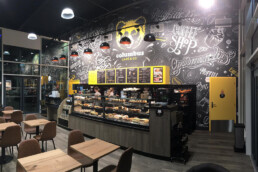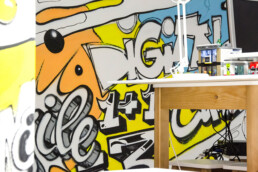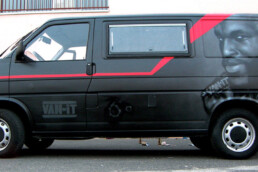In the vibrant tapestry of Dubai’s cultural scene, a unique form of artistic expression is making waves – cultural graffiti. Stepping away from conventional museum settings, the Dubai Museum has embraced street art as a powerful tool to ignite public dialogues and foster a deeper connection with the community. This innovative approach blurs the lines between traditional art institutions and the dynamic pulse of the streets, creating an immersive experience that resonates with both art enthusiasts and passersby alike. As the bustling metropolis of Dubai continues to evolve as a global cultural hub, the fusion of museum-caliber street art not only adds a splash of color to the city’s landscape but also serves as a catalyst for meaningful cultural exchanges. Educational murals narrate stories of the past, present, and future, inviting onlookers to participate in a dialogue that transcends language barriers and societal norms. The walls of the Dubai Museum have become a canvas where cultural heritage meets contemporary expression, sparking curiosity and reflection among those who pause to admire these thought-provoking artworks.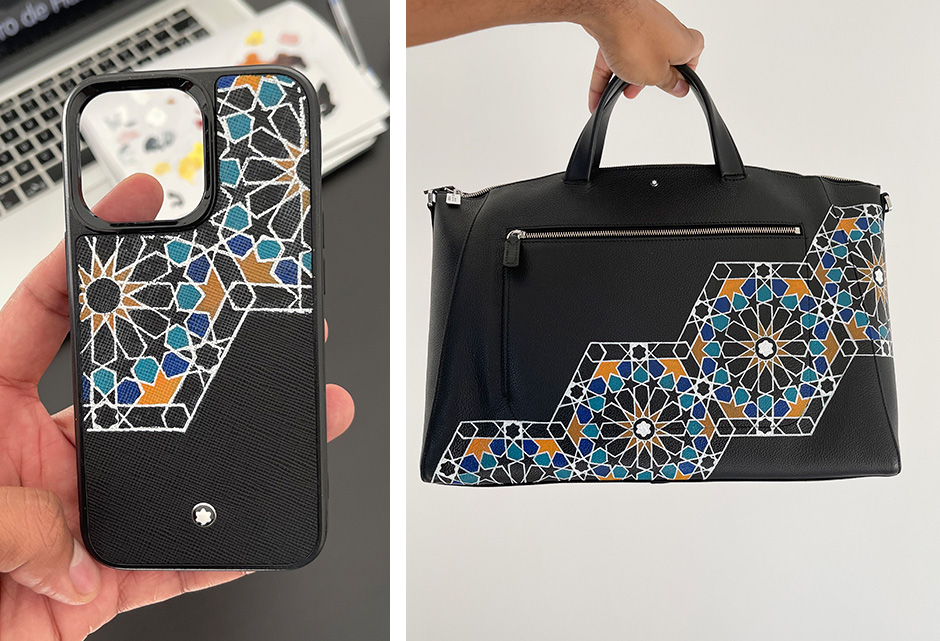
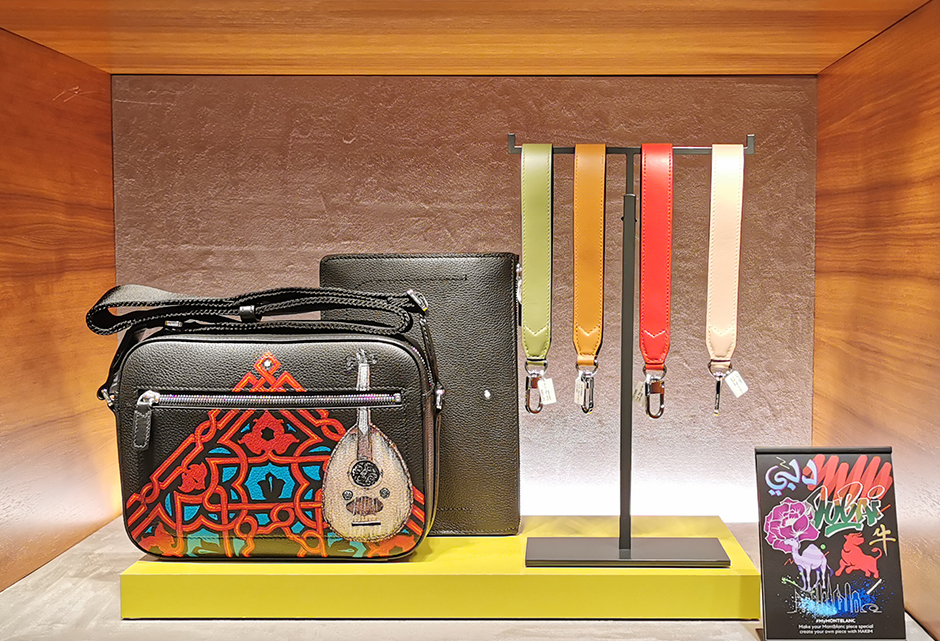 Embracing Street Art: A Paradigm Shift in Cultural Institutions
Embracing Street Art: A Paradigm Shift in Cultural Institutions
Traditionally, cultural institutions have been associated with formal settings, pristine galleries, and curated exhibitions. However, there has been a paradigm shift in recent years as these institutions recognize the power of street art in engaging the public and breaking down barriers. The Dubai Museum is at the forefront of this movement, embracing street art as a means to connect with the community on a deeper level.
By integrating street art into its exhibition spaces and outdoor areas, the Dubai Museum has transformed itself into a vibrant hub of creativity. The walls that were once blank canvases now showcase colorful murals that tell stories of local culture and heritage. This unconventional approach not only attracts visitors but also encourages them to actively participate in the cultural dialogue.
Street art has the ability to reach a wider audience than traditional forms of art. Its accessibility and visibility make it an effective tool for engaging people who may not typically visit museums or galleries. By bringing street art into cultural institutions like the Dubai Museum, these institutions are able to reach out to new audiences and foster a sense of inclusivity.
The Power of Visual Storytelling: Educational Murals in Cultural Graffiti
One of the most powerful aspects of street art is its ability to tell stories visually. Educational murals are a prime example of this. In cultural graffiti Dubai, museum street art becomes a medium through which important narratives are shared with the public.
These educational murals serve as visual guides that provide insights into various aspects of local culture and history. They act as open books that invite viewers to delve deeper into their surroundings and learn about their heritage. From ancient traditions to modern-day innovations, these murals encapsulate the essence of Dubai’s rich cultural tapestry.
The educational aspect of street 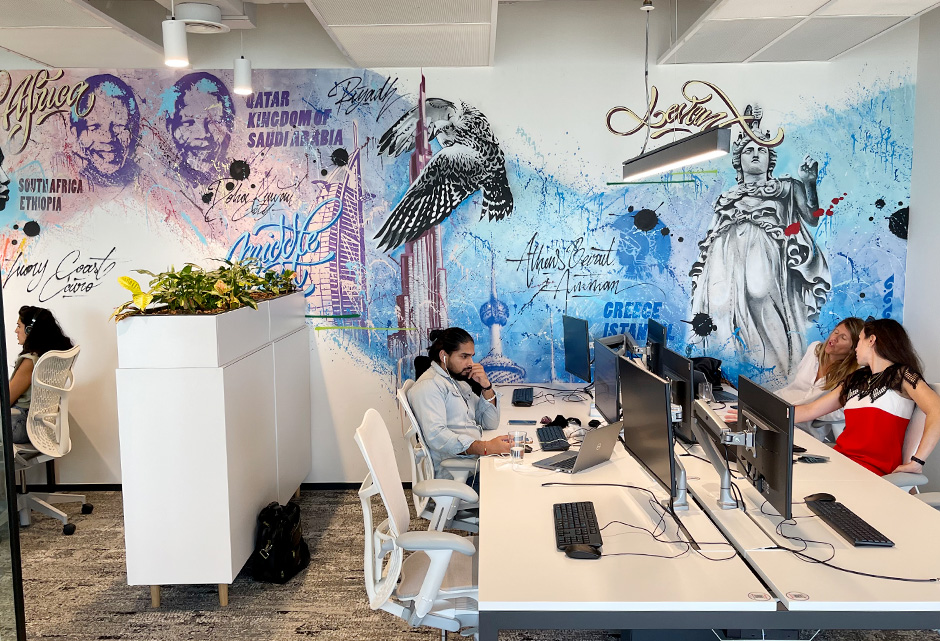 goes beyond the mere transmission of information. It sparks curiosity and encourages viewers to question, reflect, and engage in conversations. By presenting historical and cultural narratives in a visually captivating manner, educational murals bridge the gap between the past and the present, creating a sense of continuity and connection.
goes beyond the mere transmission of information. It sparks curiosity and encourages viewers to question, reflect, and engage in conversations. By presenting historical and cultural narratives in a visually captivating manner, educational murals bridge the gap between the past and the present, creating a sense of continuity and connection.
Inviting Participation: Engaging the Community through Street Art Installations
Street art installations have the power to transform public spaces into interactive platforms for community engagement. The Dubai Museum recognizes this potential and actively involves the community in its street art initiatives.
Through workshops, collaborative projects, and community events, the museum invites individuals from all walks of life to contribute to the creation of street art installations. This participatory approach not only fosters a sense of ownership among community members but also encourages them to take an active interest in their cultural heritage.
By involving the community in street art projects, cultural institutions like the Dubai Museum are able to create a sense of belonging and pride. The resulting artworks become symbols of collective identity and serve as reminders of the power of collaboration.
Beyond Aesthetics: Street Art’s Role in Cultural Exchange and Understanding
Street art has transcended its aesthetic appeal to become a powerful tool for cultural exchange and understanding. In Dubai’s diverse society, street art acts as a bridge that connects people from different backgrounds.
The multicultural nature of Dubai is reflected in its street art scene. Artists from various cultural backgrounds come together to create artworks that celebrate diversity while also addressing social issues. These artworks serve as catalysts for dialogue, encouraging viewers to reflect on their own perspectives and engage with others.
Cultural institutions play a crucial role in facilitating these exchanges by providing platforms for artists to showcase their work. By integrating street art into their spaces, these institutions promote cross-cultural understanding and foster a sense of unity among diverse communities.
Nurturing Local Talent: Street Art Programs and Workshops at Dubai Museum
The Dubai Museum not only showcases street art but also actively supports and nurtures local talent through its programs and workshops. These initiatives provide emerging artists with the opportunity to develop their skills, gain exposure, and contribute to the cultural landscape of the city.
Through mentorship programs, artist residencies, and skill-building workshops, the museum helps local artists hone their craft and explore new avenues of expression. By nurturing local talent, cultural institutions like the Dubai Museum ensure that street art continues to thrive as a dynamic form of artistic expression.
These programs also serve as platforms for cultural dialogue, as artists from different backgrounds come together to exchange ideas and collaborate on projects. The resulting artworks reflect the diversity of voices in Dubai’s art scene while also highlighting shared experiences and aspirations.
Conclusion: The Continued Evolution of Cultural Institutions through Street Art Integration
The integration of street art into cultural institutions represents a significant shift in how these institutions engage with the public. By embracing street art, museums like the Dubai Museum are able to break down barriers, reach new audiences, and foster meaningful cultural dialogues.
Cultural graffiti Dubai has become a powerful tool for educational outreach, community engagement, cultural exchange, and talent development. Through educational murals, participatory installations, cross-cultural collaborations, and support for local artists, street art has transformed traditional notions of what a cultural institution can be.
As Dubai continues to evolve as a global cultural hub, it is clear that street art will play an increasingly important role in shaping its artistic landscape. By integrating street art into their spaces and programs, cultural institutions are not only embracing a new form of artistic expression but also creating opportunities for public engagement, cultural dialogue, and the nurturing of local talent.
Related Posts
4 novembre 2023
The Artistic Transformation of Dubai’s Dining Spaces with Graffiti
Dive into Dubai's dining revolution…
17 mai 2023
Transforming food trucks: the power of Street Art in Dubai
In Dubai's bustling food truck scene,…
